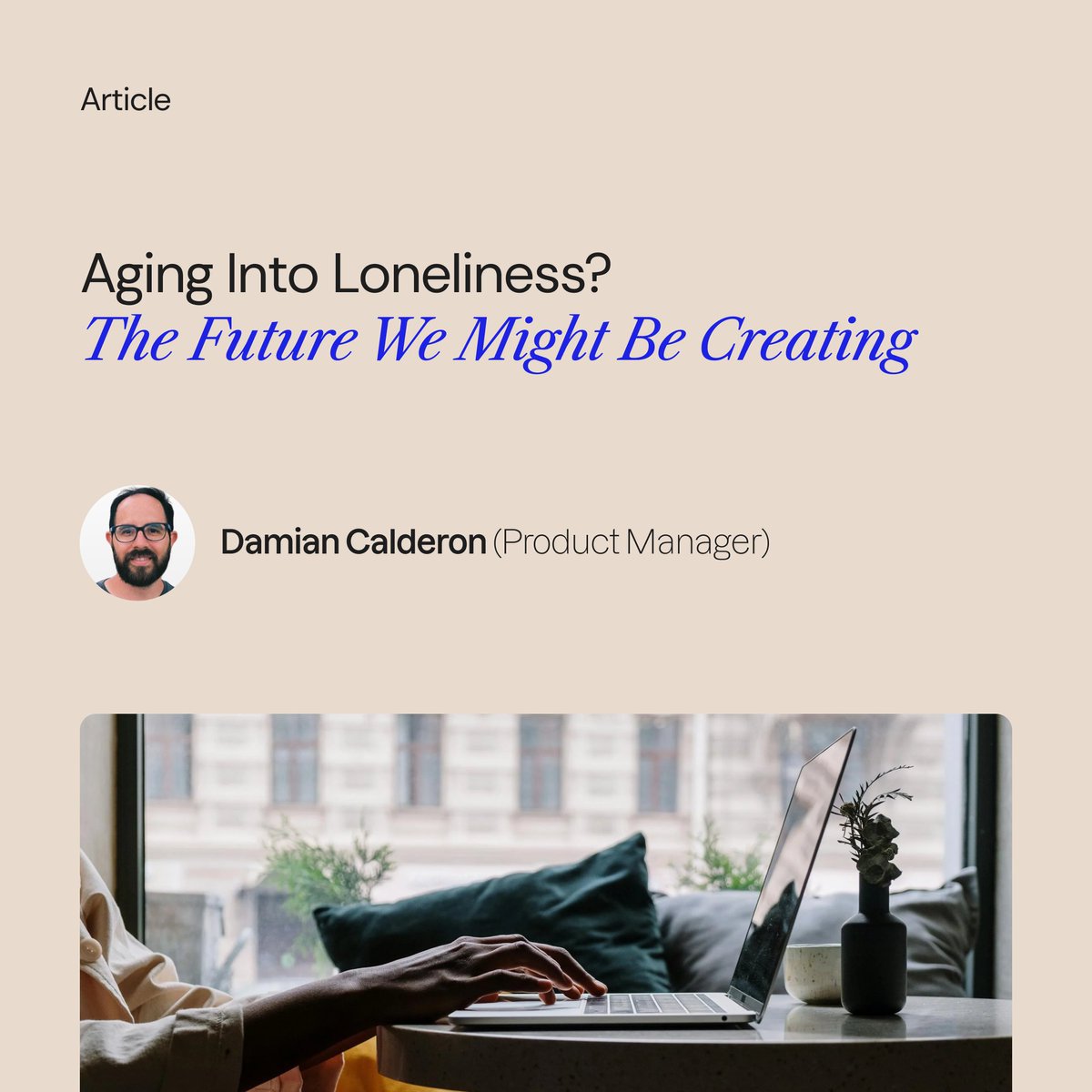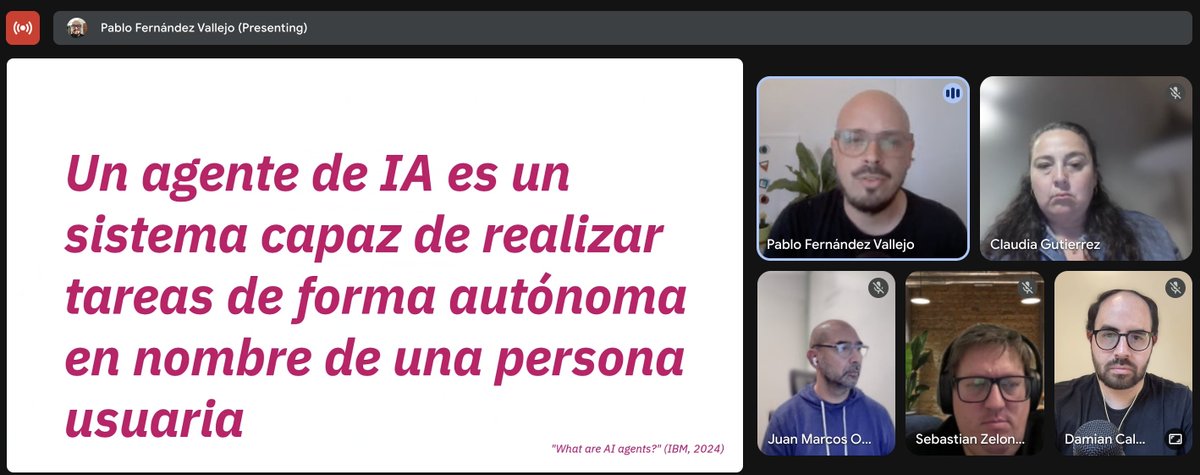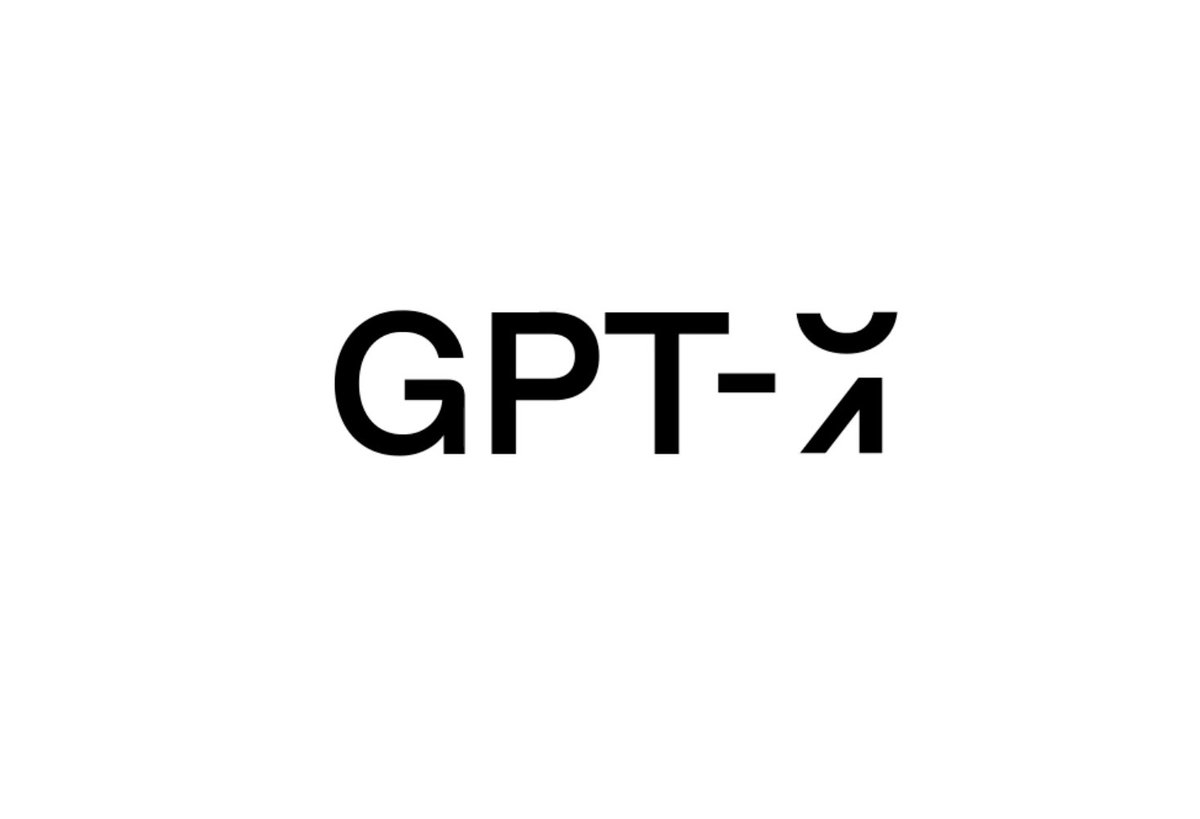
Calde
@calde_ux
Product Manager @ArionKoder. I tweet about digital products, strategy, UX & technology.
Working remotely before it was cool.
ID: 15768409
https://calde.substack.com/ 07-08-2008 19:44:33
11,11K Tweet
2,2K Followers
1,1K Following



















Designing NotebookLM was one of the most meaningful opportunities of my career. I finally found time to document the process. Here’s a look behind the scenes: 📐 The mental model is anchored in the creation journey: Inputs → Chat → Outputs. This simple yet flexible flow gave









